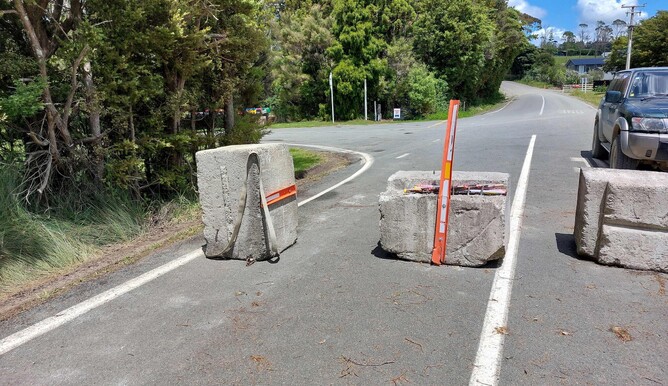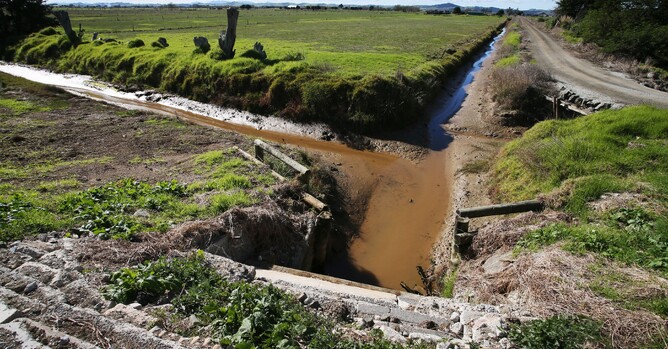Every three years Council consults with the community on it’s Long Term Plan (LTP). The LTP is Council’s ten-year budget and works programme. Due to the demands of the adverse weather events, this year government has allowed Council to produce an ‘LTP lite’ focussing on just the next three years.
Following months of work to get costs down, our Council has proposed a programme of works resulting in average consecutive rates increases for the next three years of 15.1, 8.4 and 3.4%. I am sure I am not alone in thinking that 15.1% is unacceptably high and will be looking to have this reduced through the submissions and deliberations process.
With less than 17,000 ratepayers, and 1574 kilometres of roads to maintain (1109 km unsealed) we need to be very careful how ratepayers’ precious dollars are spent. With high inflation, economic uncertainty, and cost of living pressures, any increase in rates needs to be balanced against ratepayers’ ability to pay. At present a one percent rates increase is about $460,000.
One of the topics being consulted on is whether Council has a dedicated climate change policy development programme. The options presented are no budget, $500,000 or $700,000. Including either of the suggested budgets would further add to the proposed rates increases. The proposed option of not providing budget for this work has raised a level of opposition. This opposition may arise partly from a misunderstanding of what Council already does in this space.
Council is committed to a considerable programme of work relating to climate mitigation and adaptation. We coordinate land drainage works in 30 land drainage schemes with the largest of these being the Raupo drainage district. Raupo is a testament to the farmers of the Ruawai area, descendants of pioneers who know their land better than anyone. During cyclone Gabrielle, the worst weather event in recent history, the Raupo drainage area stood up extremely well.
Council is currently undertaking reviews of both its district plan and its engineering standards. In all matters relating to zoning, land use and engineering, climate is a key consideration during these processes. Modelling and design help to determine the size of pipes, culverts, drains and bridges.
All of Council’s Activity Management Plans (source documents for the LTP) have as a key driver the question “How is climate resilience being considered?”. The Northland Regional Council including the Kaipara District area, also funded by our ratepayers, also has considerable climate related policy and work programmes including modelling of flooding and coastal inundation.
It is important that Council has fit-for-purpose infrastructure that can cope with anticipated events. In order for these requirements to be reliably predicted, the veracity of the underlying modelling needs to be robust. In 2022 the Intergovernmental Panel on Climate Change (IPCC) conceded that its RCP8.5 modelling was implausible and it’s predicted outcomes in terms of temperature increase and sea level rise were exaggerated. However, eighteen months later both national and regional policy settings in New Zealand have still not been changed.
If the metrics for our infrastructure are based on flawed modelling, this will result in unnecessary additional costs to ratepayers through over-engineering. It can also result in unnecessary restrictions being placed on the use of land and the development of businesses.
These are all matters that need to be considered as we plan a safe, functional and affordable future for our ratepayers.




